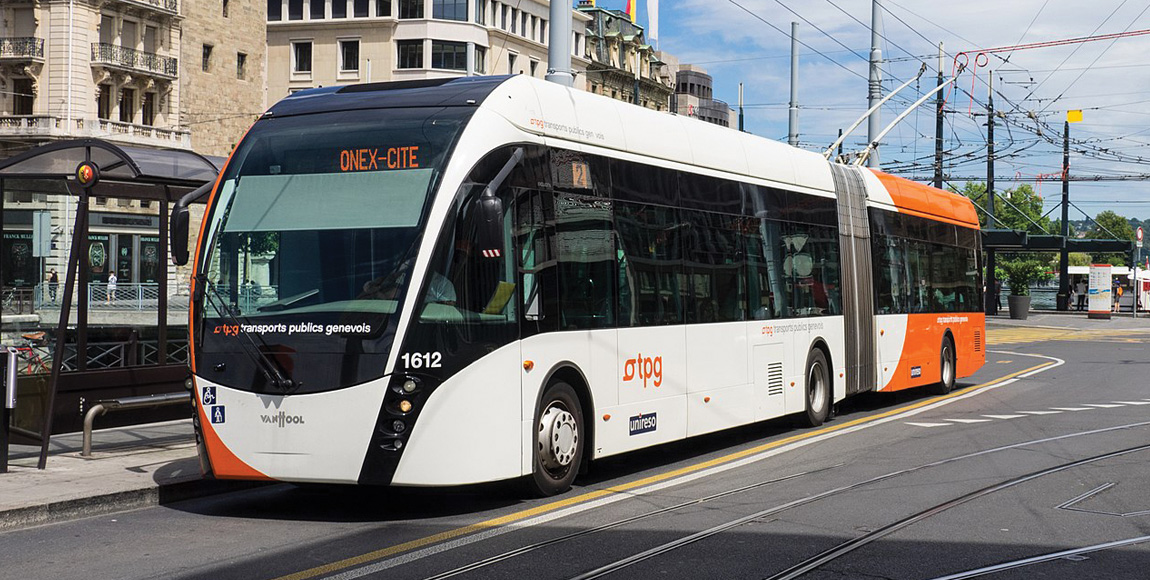Take the trolley to table mountain!

Across the world, very few big metropoles have attempted to realise the full potential of trolleybuses – but Cape Town could show them the way
Fixing public transport worldwide should be one of our biggest priorities. Sadly, even in well-run countries it remains a topic laced with platitudes, wishful thinking and poor decision-making.
Where does that leave South Africa, which is even further behind the curve with its collapsing Metrorail, stone-age minibus-taxi industry, uncoordinated bus services and wasteful projects like bus rapid transit (BRT) and the Gautrain? These issues hardly cracked a mention in the Integrated Resource Plan released by Government last month, so in my view the country continues to fly blind.
With this depressing introduction, let’s look at London – a place which should be giving leadership, but isn’t. The city’s public mobility authority, Transport for London, has proudly announced that its Route 43 is the first to go “all-electric” – whatever that means.
Those with short memories will probably accept the claim as gospel truth, but between 1931 and 1962 London operated a genuine, all-electric fleet of trolleybuses, which became the biggest in the world by 1950 with no less than 1 800 of them plying the city’s streets.
Its subsequent haste to get rid of the vehicles accelerated a procession of questionable trolleybus closures all over the English-speaking world. Instead of claiming credit for “all-electric” buses, I believe London should apologise for its poor record in this area.
The city isn’t alone – very few big metropoles across the globe have attempted to realise the full potential of trolleybuses, and it’s time that they did!
“Zero emissions” is a current catchphrase in the mobility industry, but hundreds of cities worldwide seem to think that putting an electric motor in a bus, adding a battery and/or a generator in the chassis and painting the words “going green” on the sides is sufficient to reduce energy consumption. It isn’t!
To achieve big reductions in energy usage, most cities will need to simplify their messy bus route patterns to create stronger main routes that justify larger vehicles running under overhead wires on the busiest sections. And run them in multiples – as railways do every day with their diesel-electric and straight-electric locos.
To my knowledge, no one has tried combining this method with in-motion charging (IMC), which would allow buses to be coupled together on trunk portions and be separated at junctions where routes split, without passengers having to transfer to smaller buses.
Moloto Road in Tshwane would be ideal for this this type of concept. Less well-planned BRT schemes, such as Rea Vaya in Johannesburg, are so watered down that they are poor candidates for IMC.
Rea Vaya is now in its eleventh year, currently moving a significant number of people every day on its trunk routes though it continues to be undermined by a number of weak feeder routes – Route F8, for example.
Additionally, there has been no serious attempt to co-ordinate Rea Vaya’s operations with those of Johannesburg’s Metrobus. Also, minibus-taxi operations merrily continue to duplicate some of the BRT routes with the best – or perhaps the worst example – being Route C4.
In Cape Town, BRT is slightly better, but MyCiti would make a huge worldwide statement if it electrified its Route 107 from the Waterfront via Adderley Street to the lower cable station, banning cars from cluttering up the road that leads to Table Mountain. What a stunning victory that would be for environmental protection!
If London can’t do it, c’mon, Cape Town – show us the way!
Published by
Vaughan Mostert
focusmagsa




